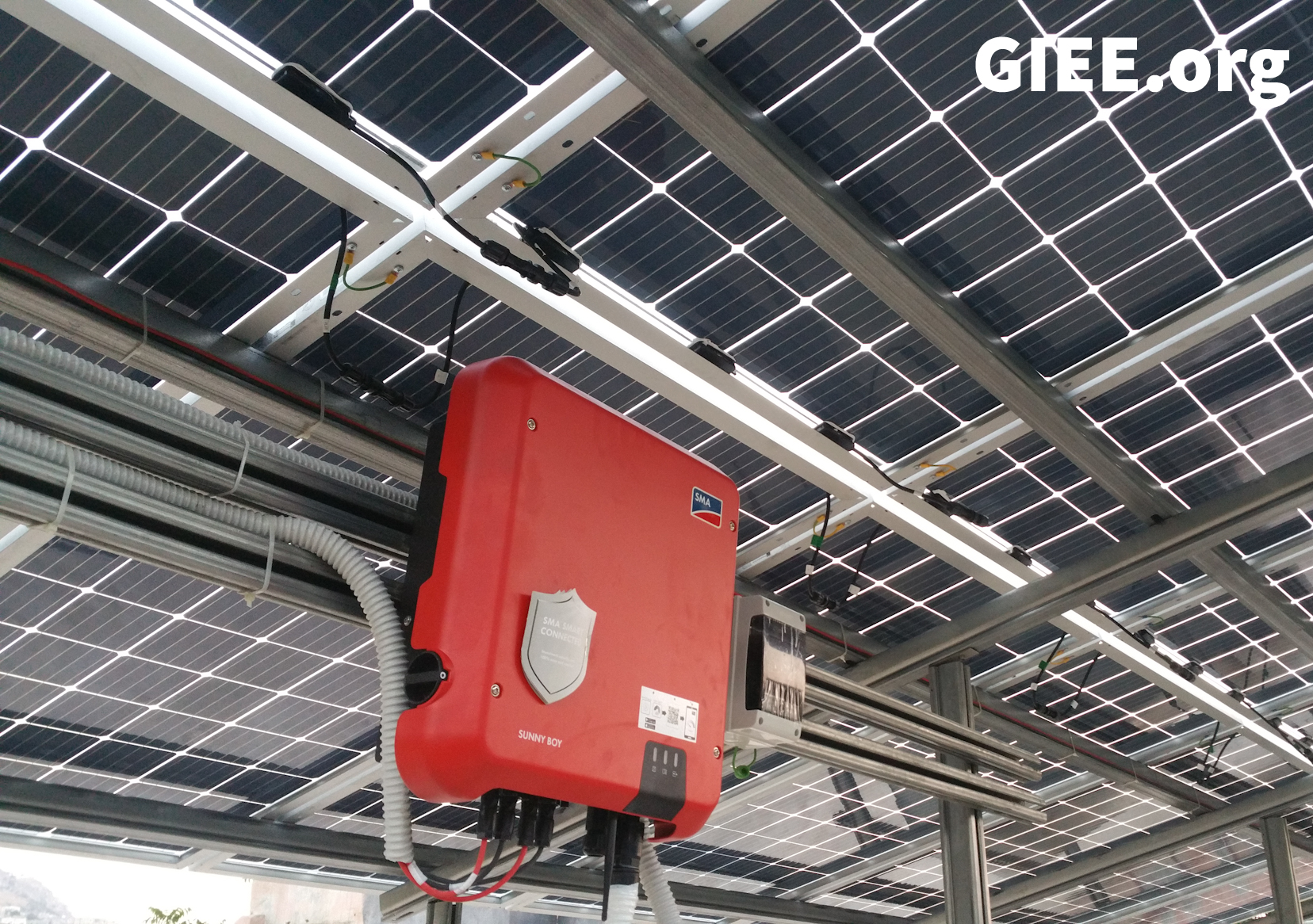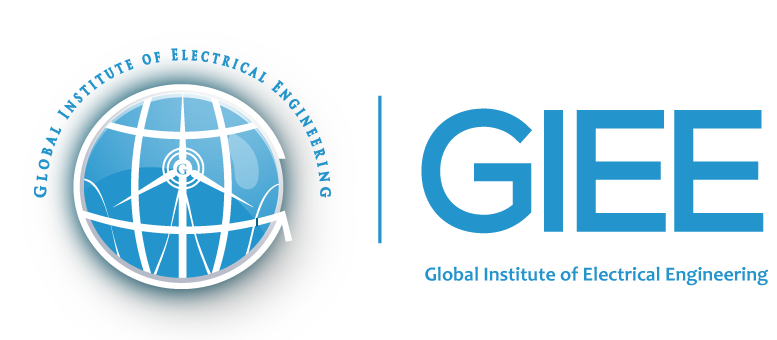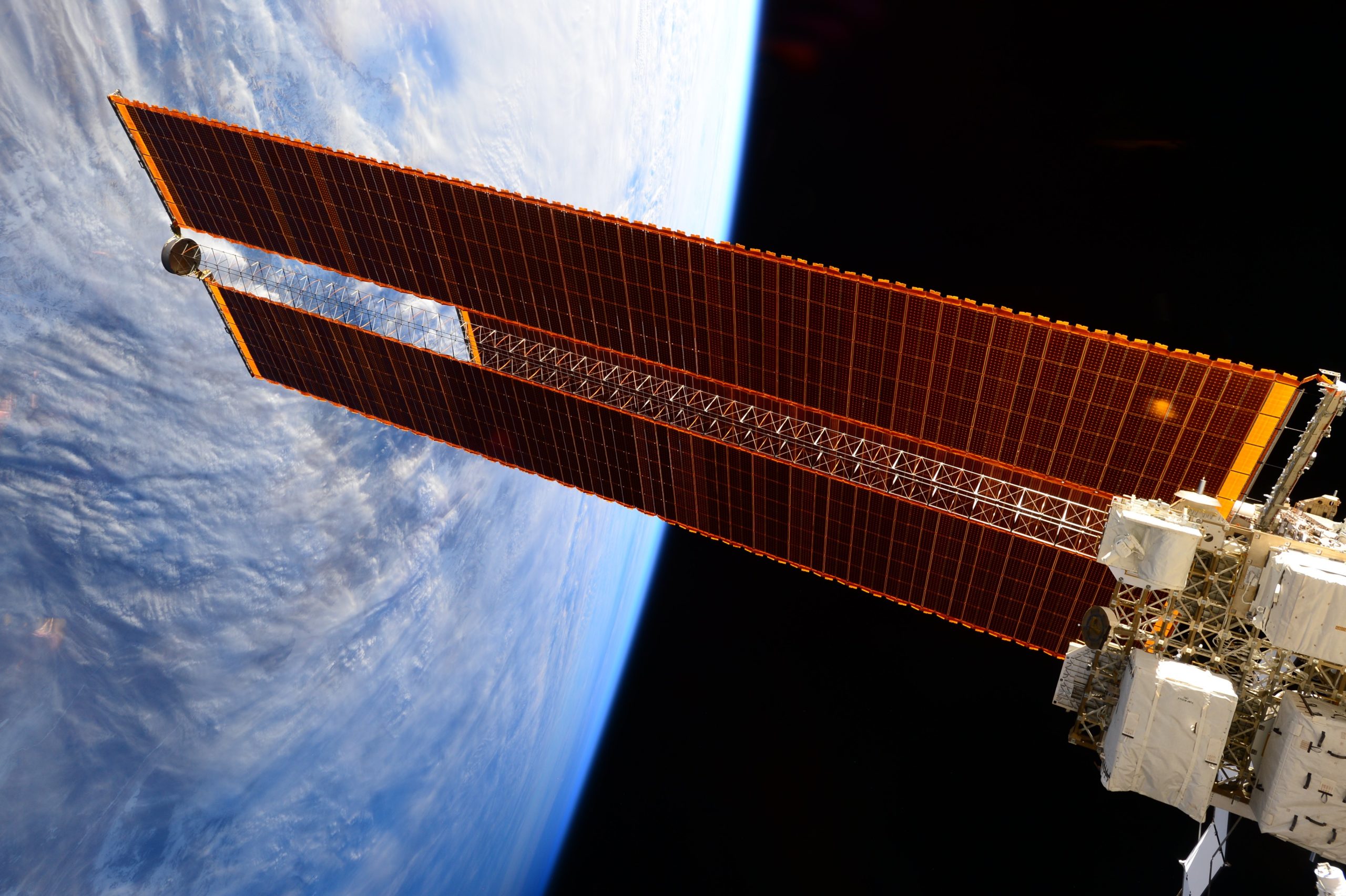
Introduction
Solar photovoltaic (PV) systems have become increasingly popular as a sustainable and renewable energy source. However, like any sophisticated system, solar PV installations may experience faults and performance issues over time. Diagnosing these faults accurately and efficiently is crucial to ensure optimal system performance, maximize energy generation, and minimize downtime. In this article, we will discuss the best practices for diagnosing faults in a solar PV system and provide examples to illustrate each point.
1. Regular Monitoring and Data Collection
The foundation of effective fault diagnosis in a solar PV system lies in comprehensive monitoring and data collection. Install a reliable monitoring system that tracks key performance metrics such as energy production, voltage, current, and temperature. Regularly analyze this data to identify any discrepancies or patterns that might indicate a fault or underperformance. Monitoring data can be invaluable in pinpointing the root cause of issues in the system.
2. Visual Inspection
Perform routine visual inspections of the solar PV system to look for any visible signs of damage, wear, or soiling. Check for physical obstructions like debris, leaves, or bird nests that may be affecting the efficiency of the panels. Inspect the wiring, connectors, and junction boxes for any signs of corrosion or loose connections. Early detection of such issues can prevent further damage and improve system performance.
3. Inverter Analysis
The inverter is a critical component of a solar PV system, as it converts DC power produced by the solar panels into usable AC power. If there is a fault with the inverter, it can significantly impact the system’s performance. Regularly inspect the inverter’s display for error codes, warnings, or abnormal readings. Inverter data logs can provide valuable insights into the system’s health and potential issues.
4. Temperature Monitoring
High temperatures can lead to a decrease in solar panel efficiency and potentially cause permanent damage. Install temperature sensors on the panels to monitor their operating temperature regularly. Excessive heat could indicate a problem with the cooling system or the mounting structure. By addressing temperature-related issues promptly, you can prevent long-term damage to the system.
Example: Temperature sensors installed on the solar panels indicate unusually high temperatures during peak sunlight hours. This finding prompts an inspection, revealing a problem with the mounting structure obstructing proper airflow. By addressing this issue, the system’s overall efficiency improves, and the panels are protected from potential long-term damage.
5. Analyzing Energy Production Patterns
Analyze the energy production patterns of the solar PV system over time. Seasonal variations, shading, and changes in sunlight exposure can affect energy generation. Sudden drops or fluctuations in energy production may indicate a fault, such as damaged solar panels or a malfunctioning inverter. By studying these patterns, you can identify potential issues and address them promptly.
Example: After analyzing the energy production data, it becomes evident that energy generation is consistently lower on cloudy days. This observation is normal, but sudden drops in energy production on sunny days indicate a problem with some solar panels. The technician identifies and replaces the underperforming panels, restoring the system’s output.
6. Use of Thermal Imaging
Thermal imaging cameras can be employed to identify hotspots and anomalies in the solar PV system. These hotspots may be caused by damaged cells or faulty connections. Regular thermographic inspections can help identify potential issues before they escalate into more significant problems.
Example: During a thermal imaging inspection, the technician detects hotspots on certain solar panels. Upon further investigation, it is found that these hotspots are caused by damaged cells due to a manufacturing defect. The affected panels are replaced under warranty, preventing potential fire hazards and improving the overall system performance.
7. Inspecting Electrical Components
Ensure that all electrical components, including fuses, breakers, and surge protectors, are in good working condition. Faulty electrical components can disrupt the flow of electricity and lead to system underperformance or failure. Regularly test and replace these components if necessary.
Example: The solar PV system experiences frequent tripping of the circuit breaker. Upon inspection, the maintenance team identifies a faulty breaker that is unable to handle the system’s current load. Replacing the faulty breaker eliminates the issue, ensuring continuous and safe operation of the system.
Conclusion
Incorporating these best practices for diagnosing faults in a solar PV system can significantly enhance system performance and longevity. Regular monitoring, data analysis, visual inspections, inverter analysis, temperature monitoring, energy production analysis, thermal imaging, and electrical component inspections empower system owners and operators to identify and address issues proactively. By promptly resolving faults, solar PV systems can continue to operate at their full potential, providing clean and sustainable energy for years to come.












0 responses on "Best Practices for Diagnosing Faults in a Solar PV System"